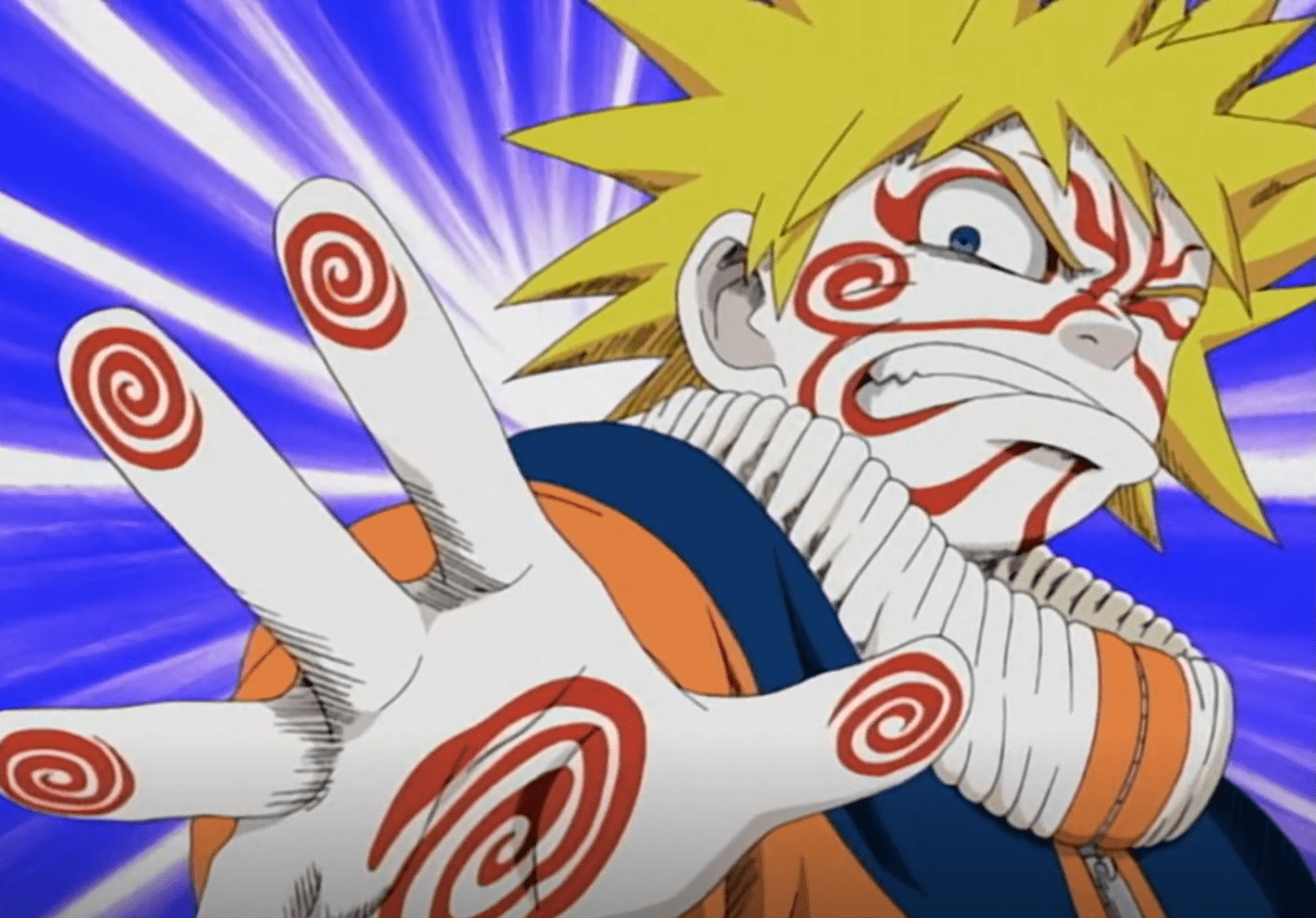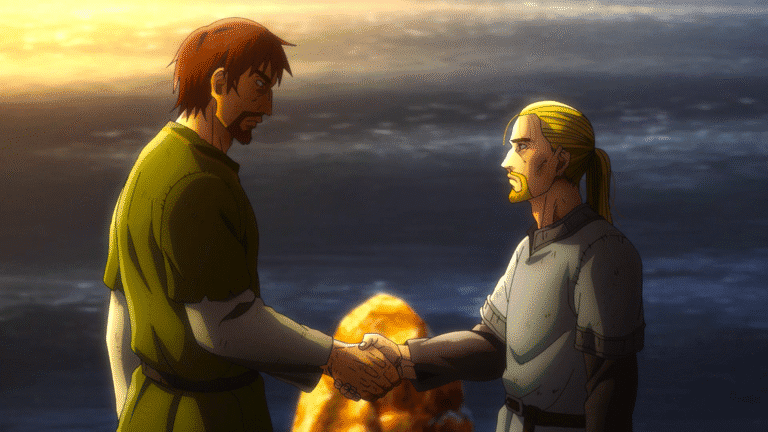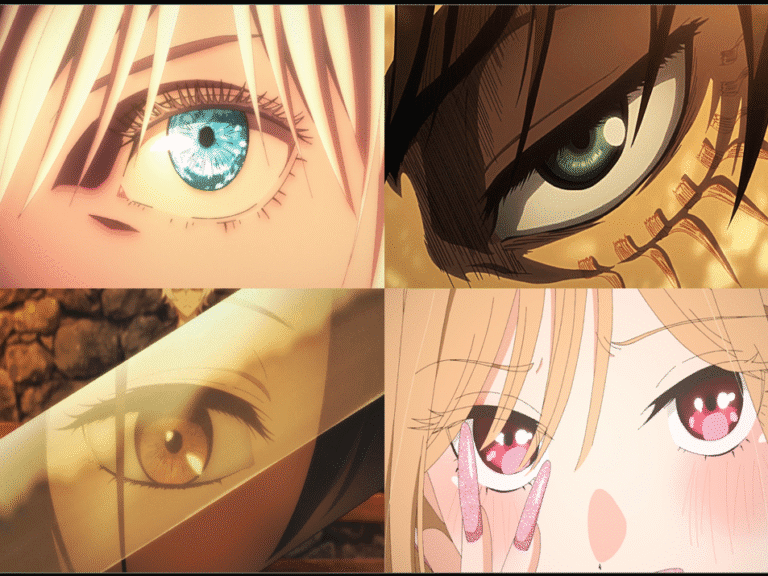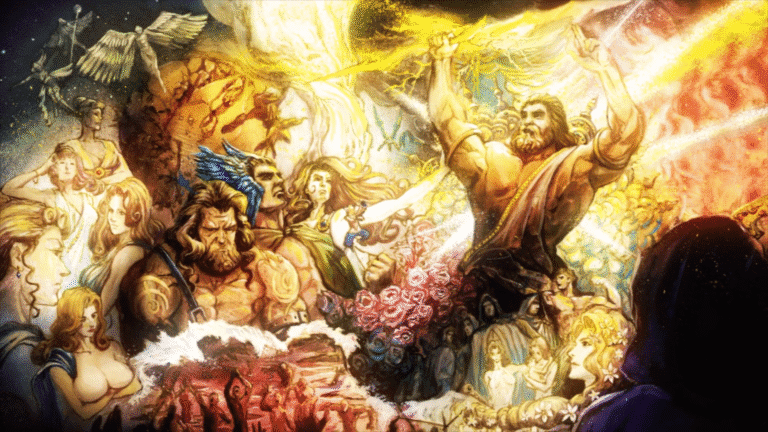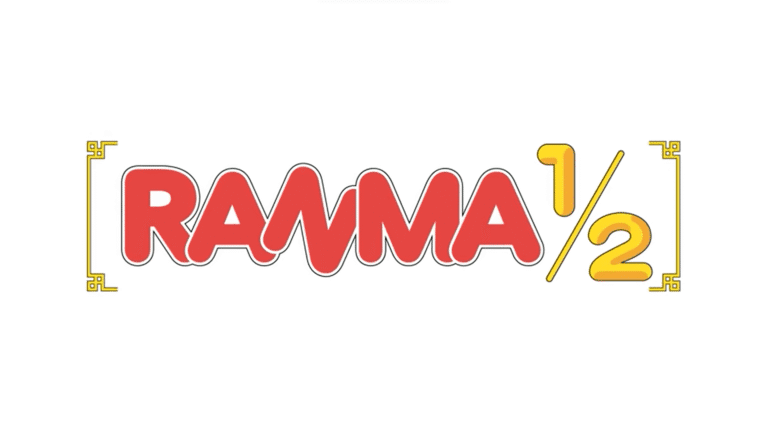What is Shounen
Shounen (少年) is a Japanese term that literally means “boy” or “youth,” but in the context of anime and manga, it refers to a genre or demographic primarily targeted at young male audiences, usually between the ages of 12 and 18. Shounen is not strictly a genre in terms of content but rather a category defined by its target audience. That said, it tends to follow certain themes and storytelling patterns.
Characteristics of Shounen Anime/Manga
Here are some defining features commonly found in shounen works:
1. Coming-of-Age & Character Growth
- Often centers around a young male protagonist who grows mentally, physically, or emotionally.
- The journey typically involves training, trials, and personal growth.
2. Action and Adventure
- High-paced action, fighting scenes, and intense conflicts are staples.
- Battles may involve physical strength, supernatural powers, or strategic mind games.
3. Friendship, Effort, and Victory
- These are known as the “Shounen Trinity” (友情・努力・勝利 / Yūjō, Doryoku, Shōri).
- Themes of friendship, working hard, and ultimately winning are at the core.
4. Moral Lessons & Determination
- Shounen teaches values like perseverance, courage, and loyalty.
- Protagonists often defeat enemies not just with strength, but with strong ideals.
5. Humor and Lightheartedness
- To balance the intense battles, shounen series often include comedy and relatable daily moments.
Popular Examples of Shounen Anime/Manga
1. Naruto by Masashi Kishimoto
- A young ninja, Naruto Uzumaki, strives to become the strongest ninja (Hokage) and earn the respect of his village.
- Strong themes of self-worth, perseverance, and friendship.
2. Dragon Ball / Dragon Ball Z by Akira Toriyama
- One of the most iconic shounen series featuring Goku, a martial artist who travels the world and beyond to fight increasingly powerful opponents.
- Packed with epic fights, power-ups, and training arcs.
3. One Piece by Eiichiro Oda
- Follows Monkey D. Luffy and his pirate crew as they search for the legendary treasure “One Piece.”
- Combines action, humor, world-building, and deep emotional storytelling.
4. My Hero Academia (Boku no Hero Academia) by Kohei Horikoshi
- In a world where people have superpowers called “quirks,” Izuku Midoriya, a quirkless boy, aspires to become the No.1 Hero.
- Explores themes of legacy, heroism, and society.
5. Attack on Titan (Shingeki no Kyojin) by Hajime Isayama
(Technically classified under shounen, though it leans into darker themes)
- Humanity fights for survival against man-eating giants known as Titans.
- Heavy on philosophical themes, war, and moral ambiguity.
6. Demon Slayer (Kimetsu no Yaiba) by Koyoharu Gotouge
- Tanjiro Kamado becomes a demon slayer after his family is slaughtered and his sister turned into a demon.
- Renowned for its stunning animation, emotional storytelling, and family bonds.
7. Bleach by Tite Kubo
- Ichigo Kurosaki becomes a Soul Reaper and protects the living from evil spirits called Hollows.
- Known for its stylish battles, sword fights, and spiritual world elements.
Shounen vs Other Demographics
| Demographic | Target Audience | Examples |
|---|---|---|
| Shounen | Teen Boys | Naruto, One Piece, My Hero Academia |
| Shoujo | Teen Girls | Sailor Moon, Fruits Basket |
| Seinen | Adult Men | Berserk, Tokyo Ghoul, Monster |
| Josei | Adult Women | Nana, Paradise Kiss |
Final Thoughts
Shounen is not limited by age or gender—many people of all backgrounds enjoy shounen works. While the stories may start simple, they often tackle deep themes and character development over time. The genre continues to evolve, incorporating darker tones, psychological depth, and innovative storytelling in recent years.
💭 What’s your favorite shounen anime/manga? Share your thoughts on the comments below.
Image credit Studio Pierrot

